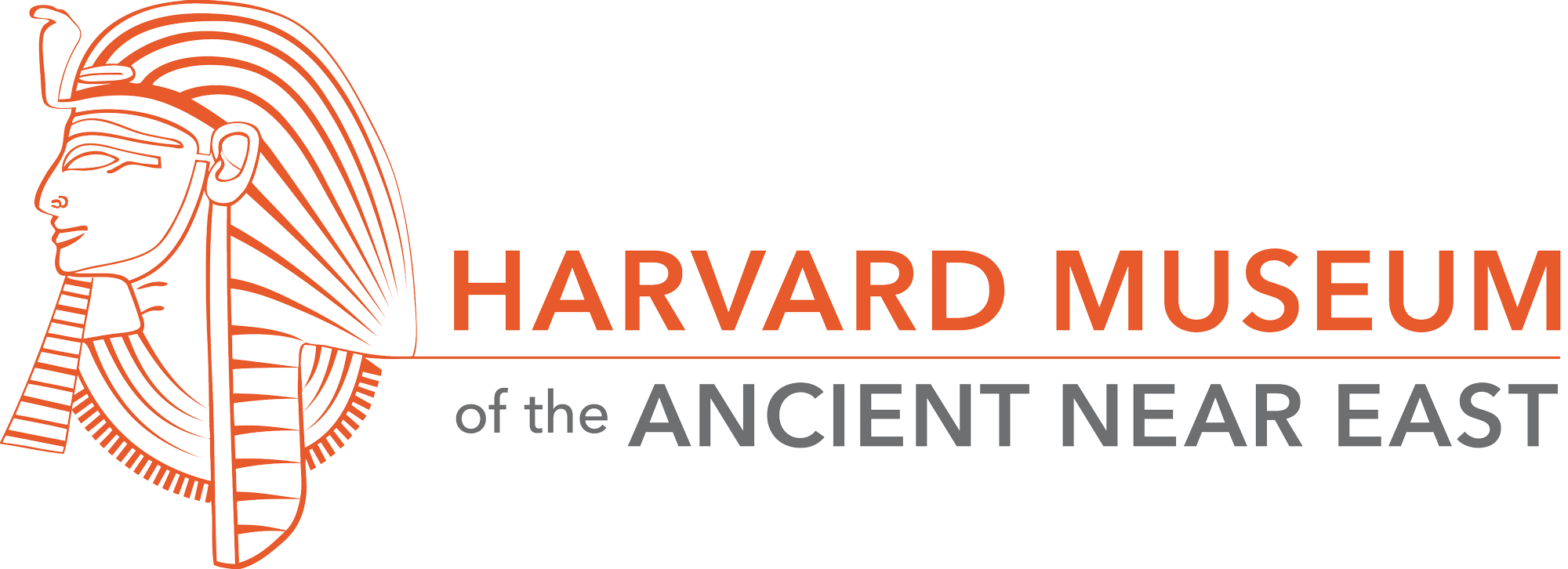Tuell SS.
The Law of the Temple in Ezekiel 40-48.; 1992.
Publisher's VersionAbstract"In the closing chapters of Ezekiel, a great Temple is described, one reminiscent of Solomon's but in fact like none ever built. From that Temple, a river flows through the land, with healing in its wake; within the Temple dwells the divine Glory, depicted here alone in Ezekiel as coming to rest, never again to be removed. All of these features of Ezekiel's grand vision are embedded in the core of Jewish and Christian devotional and mystical practice. Yet no less intriguing for the exegete is the legislation promulgated in this elaborate vision report. Here is found the only body of law in the Hebrew Scriptures not placed in the mouth of Moses. Laws regarding sacrifices and festivals, the conduct of the prince, the nature of the priesthood, and the division of the land all center upon the Temple, which is the one common reference for this rich, multifaceted material." From Chapter 1: The Unity and Theme of the Temple Vision.
Ackerman S.
Under Every Green Tree: Popular Religion in Sixth-Century Judah.; 1992.
Publisher's VersionAbstract"By focusing on the forms of religious expression which the sixth-century prophets condemn, we can begin to apprehend the diversity which characterized exilic religion. Moreover, by recognizing the polemical nature of the prophetic critiques and by resolving to read these critiques without prophetic prejudice and instead with a non-judgmental eye, we can place ourselves in a position to re-evaluate the traditional descriptions of the sixth-century cult. Our task, then, is to read anew; our aim is to judge afresh. With this goal in mind, we turn our attention to the major prophetic texts which will comprise our study: Jeremiah 7 and 44, Ezekiel 8, Isaiah 57, and Isaiah 65." - From the Introduction




















